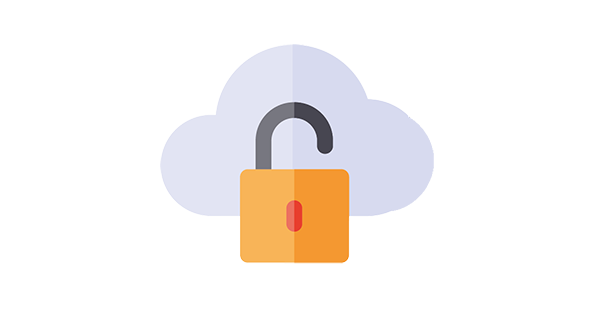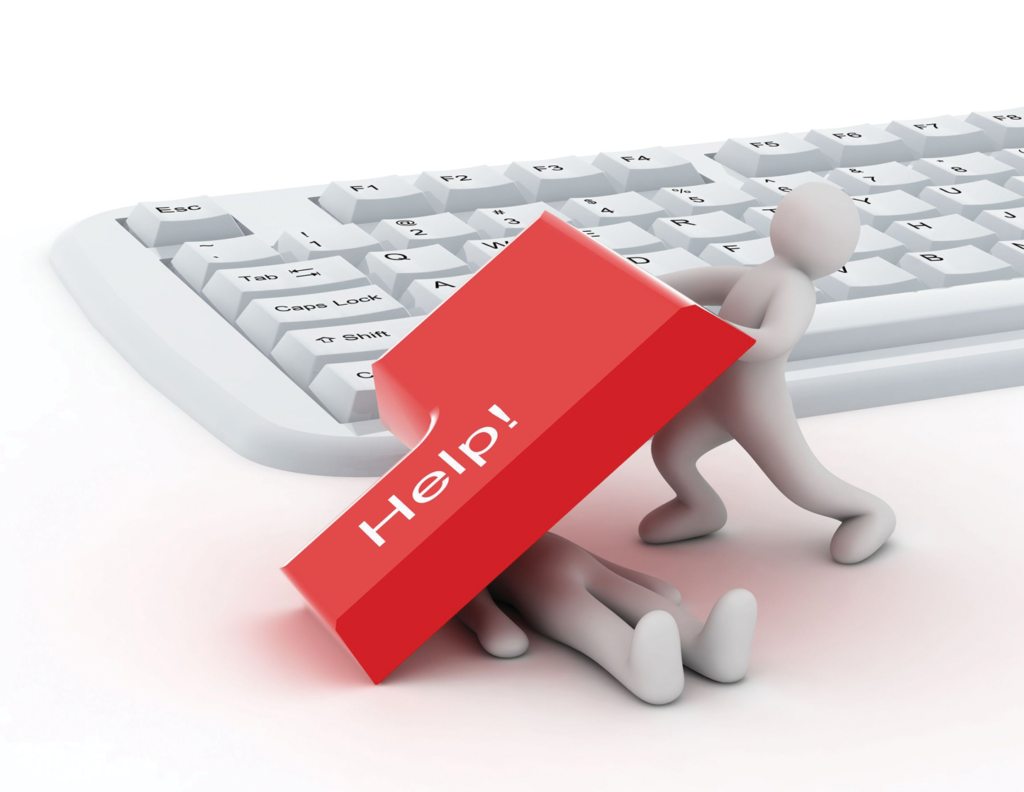
There’s a lot to think about, isn’t there? The only way to protect your business next year is to take a fully proactive approach.
Here are 10 steps we recommend to give your business the highest levels of protection.

- Audit: Before you make any changes, take stock of how well protected your business already is. Carry out a thorough audit to identify your areas of strength and weakness. Understand your assets, from critical data to vulnerable entry points. This will act as a navigational chart, helping you make informed decisions about where to allocate resources.
- Prevention: Strengthen your defences with robust security controls. Implement firewalls, intrusion detection and prevention systems, secure network architecture, and enforce strong access controls. By layering your defences, you create multiple barriers for would-be attackers, significantly reducing the risk of successful cyber assaults.
- Detection: Despite your best efforts, some threats may still sneak past your defences. That’s where detection mechanisms come into play. Invest in security monitoring tools, log analysis, and threat intelligence to identify and alert you to potential security incidents. Swift detection enables rapid response, mitigating the impact of cyber attacks.
- Incident response: Breaches will happen. Having well-defined incident response procedures in place is crucial. These procedures should outline the steps to take when a security incident occurs, from containment and investigation to mitigation and recovery. Your incident response team should work together to minimise the damage and restore normal operations.
- Vulnerability management: Regularly assess and test for vulnerabilities in your systems, applications, and network infrastructure. Vulnerability assessments and penetration testing are your allies in this battle (penetration testing is where good guys try to break into your network to see where there are opportunities). Identify and patch weaknesses quickly.
- Awareness and training: Your people are both your greatest asset and biggest potential vulnerability. Invest in regular cyber security awareness training. Educate your employees about best practices, social engineering threats, phishing attacks, and the importance of strong passwords. If they feel they can recognise and respond effectively to potential threats, that will be a massive boost to your business’s overall security posture.
- Data protection and encryption: Protect your data with encryption. Even if an attacker gains unauthorised access, encrypted data remains unreadable without decryption keys. You should also establish data backup strategies and disaster recovery plans to protect against data loss.
- Compliance and regulations: Make sure your business meets legal and regulatory requirements related to privacy, data handling, and security. This might involve implementing specific controls, conducting audits, and maintaining documentation to demonstrate your compliance.
- Continuous monitoring and improvement: Remember, great cyber security is not a one-time event. Continuously monitor your systems, networks, and what people are doing to detect anomalies and potential breaches. Regularly assess and update your security measures based on emerging threats and changing best practices. By staying agile and adaptable, you’ll ensure that your cyber security measures remain effective and up to date.
- Choose the right IT partner: Get this one right and everything else immediately gets easier and faster with less hassle for you. Find a partner who really understands cyber security and can design the most appropriate way to protect your specific business. For example, locking everything down is rarely the right approach for any business, as it can encourage staff to cut corners. Imagine a physical security door that staff use several times a day but takes 2-3 mins to unlock each time. At some point, someone’s going to prop it open for a few minutes to make their life easier. It’s no different with cyber security.


